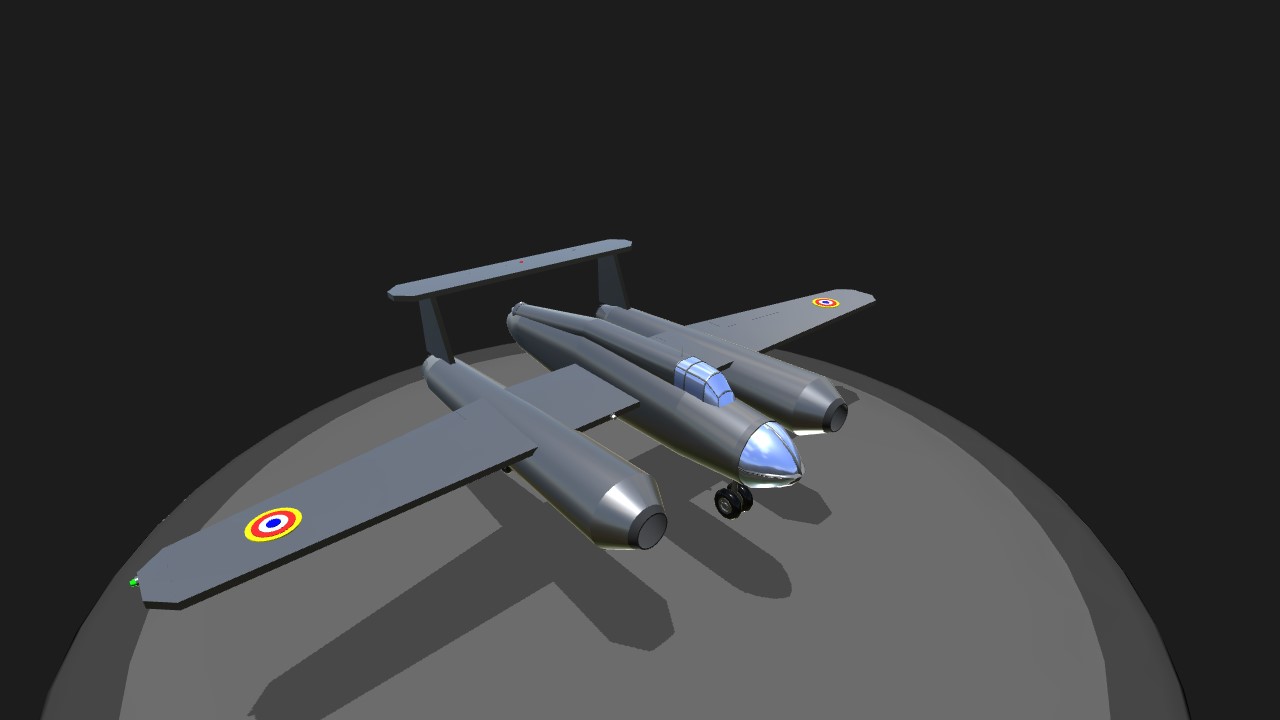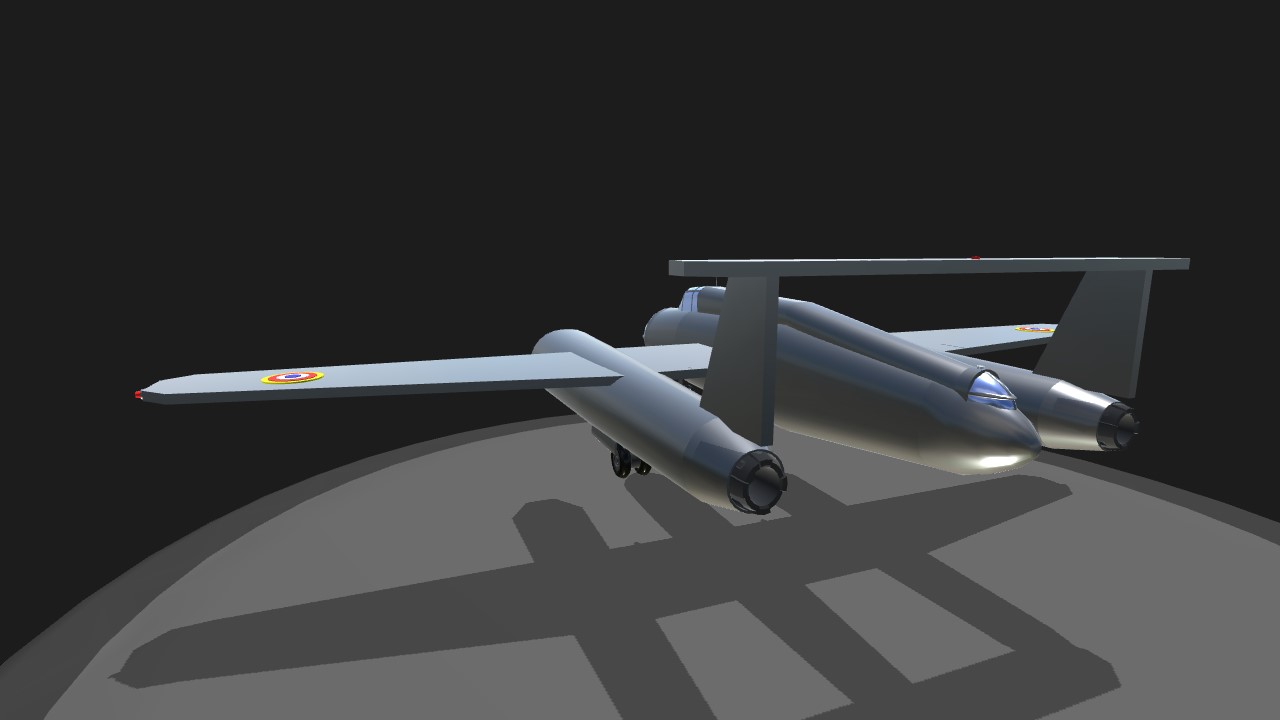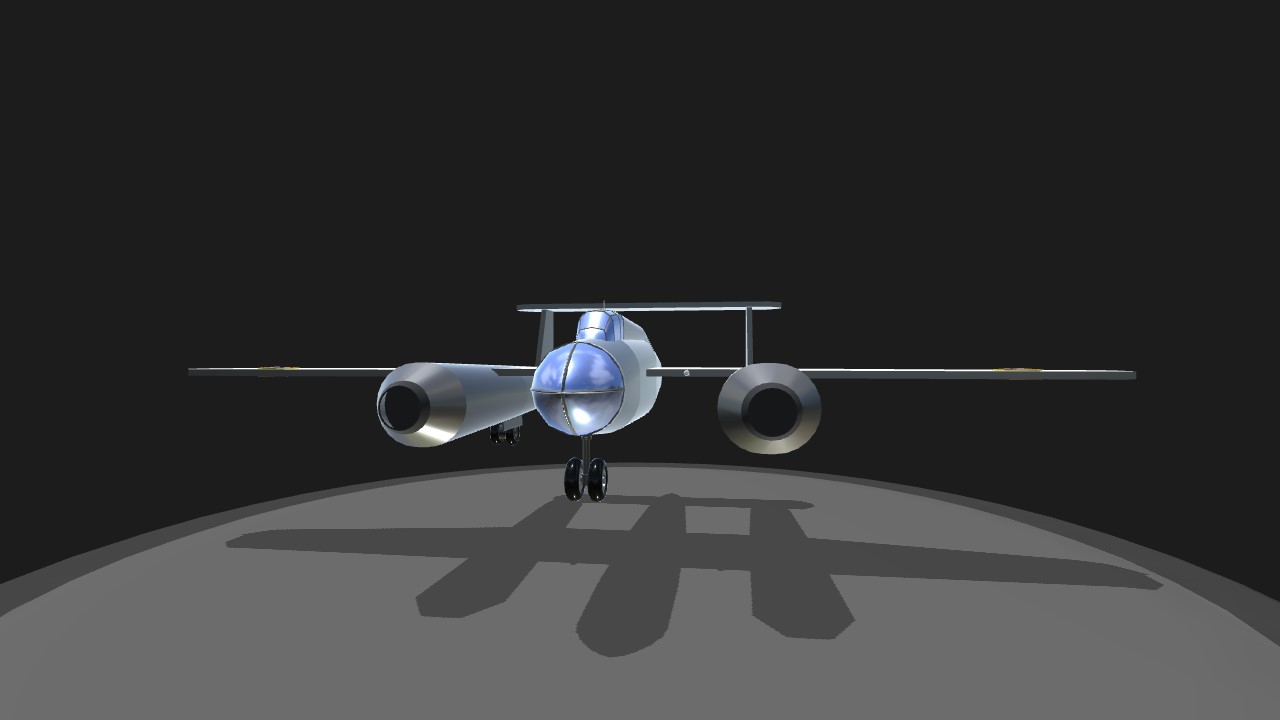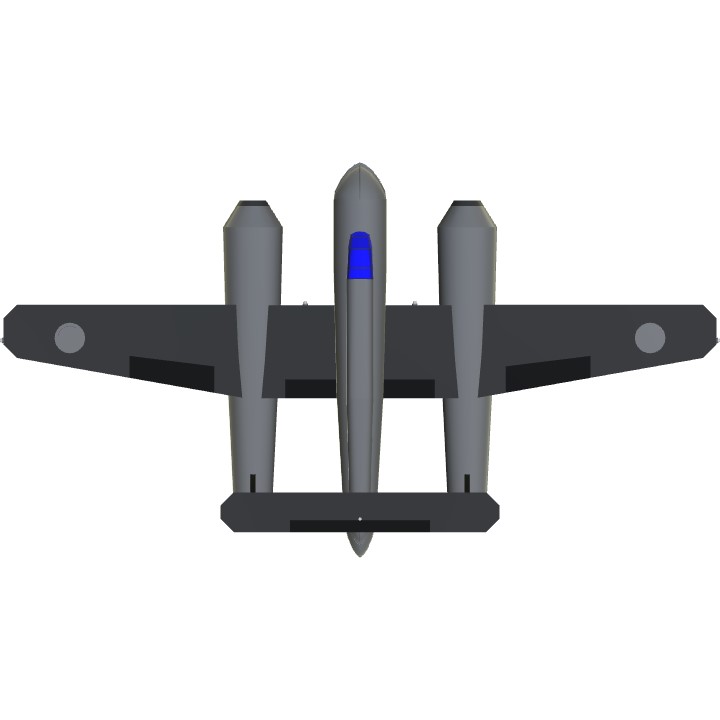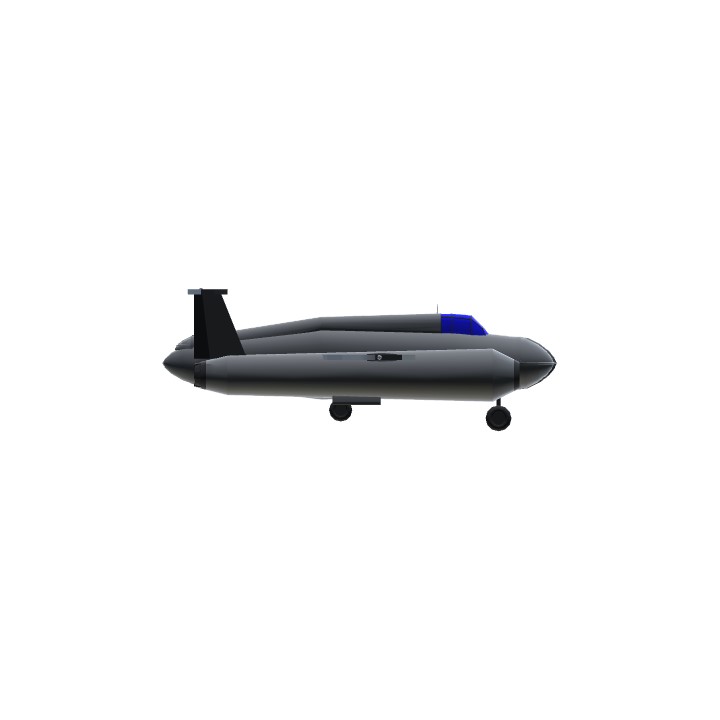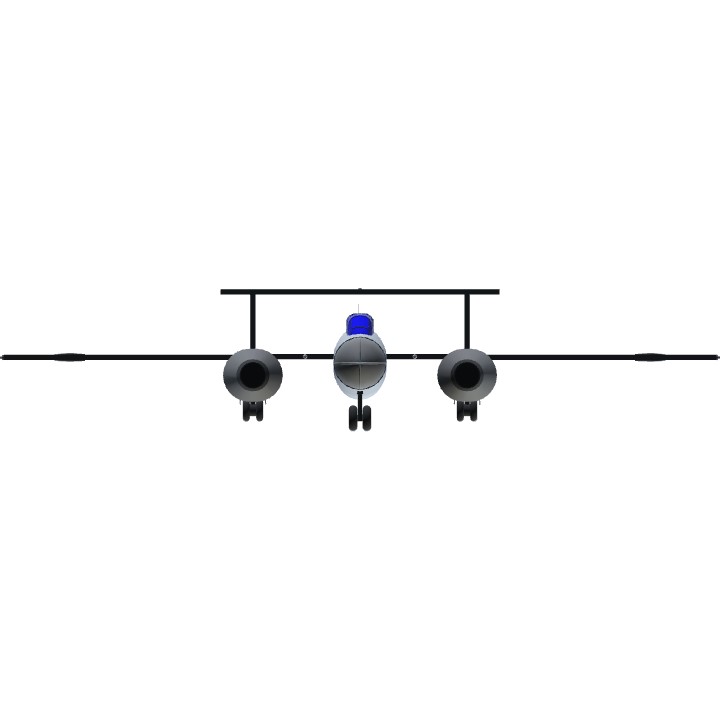Bireacteur expérimental dérivé du S.N.C.A.C. NC-1070. Premier vol le 12 octobre 1948. 1 seul exemplaire construit
Le NC.1071 était une version biréacteur du bombardier embarqué NC.1070 développé à la fin de la Seconde Guerre mondiale.
Cette variante, tout comme l'appareil dont elle est issue, ne fut jamais produite en série.
L'histoire du NC.1071 débute par un appel d'offre clandestin datant de 1943 et visant à fournir à la marine un bombardier-torpilleur bimoteur.
Deux constructeurs répondirent, la SNCAN avec son Nord 1500 Noréclair et la SNCAC avec le NC.1070. Aucune commande d'appareils de série ne fut passée par l'état-major.
Ainsi seul une commande de trois prototypes pour le NC.1070 vit le jour, rapidement ramenée à deux. Le premier prototype vola pendant un peu moins d'un an avant d'être
arrêté après un accident le 9 mars 1948 .Entre temps, le 23 octobre 1947, l'état-major avait décidé de moderniser le second prototype en le dotant de turboréacteurs
devenant le NC.1071. Cette importante modification coûta environ 100 millions de francs de l'époque. À la vue des restrictions budgétaires, il apparut très vite qu'aucune
commande de série ne verrait le jour, cependant il était important de tester les possibilités d'un tel biréacteur et les essais eurent lieu.
Le NC.1071 effectua son premier vol le 12 octobre 1948, entre Toussus-le-Noble et Bretigny aux mains de Fernand Lasne. Les essais en vol révélèrent quelques défauts vit
réglés par des retouches ; il en résulta que l'avion fut considéré comme ayant de bonnes qualités de vol à l'exception de vibrations à haute vitesse.
le 27 juillet 1949, l'appareil lors d'un vol d'essais au Centre d'essais en vol eu un léger accident à l'atterrissage à cause d'un pneu dégonflé qui endommagea légèrement
l'avion. Celui-ci fut réparé et reçut aussi un certain nombre de modifications telles que : le remplacement des pneus à basse pression par d'autre plus petits à haute pression
le remplacement du nez par un autre plus long et largement vitré, l'installation de réservoirs dans les demi-ailes repliables afin de libérer de la place en soute pour les appareillages d'essais.
Claude Dellys, pilote d'essais, participa au programme de mise au point de cet appareil.
À la suite de ces modifications validées par le marché 4185 du 13 février 1950, il effectua quelques vols au Centre d'essais en vol. Mais le 8 mai 1951, lors d'un vol à grande vitesse
(Mach 0,7) piloté par Jean Sarrail, l'appareil subit d'importantes déformations au niveau de la jonction des dérives avec les fuseaux moteurs. Après s'être posé sans encombre, il fut décidé au vu
du manque d'intérêt pour l'appareil de ne pas le réparer. Il fut alors envoyé à l'école des mécaniciens de Rochefort pour y finir ses jours.
Il fut un moment envisagé de tirer du NC.1071 une version de chasse qui aurait dû être désignée NC.1072.
- Réacteur droit : touche 1 .
- Réacteur gauche : touche 2 .
- Feux d'atterrissage : touche 6
- Feux de navigation : touche 7 .
- Trim .
English version traduction by Google :
Experimental rotorcraft derived from the S.N.C.A.C. NC-1070 First flight October 12, 1948. 1 single copy built
The NC.1071 was a twin-engine version of the embedded bomber NC.1070 developed at the end of the Second World War.
This variant, like the apparatus from which it was derived, was never produced in series.
The history of the NC1071 begins with a clandestine tender dating back to 1943 to provide the navy with a twin-engine torpedo-bomber.
Two manufacturers replied, the SNCAN with its Nord 1500 Noréclair and the SNCAC with the NC.1070. No orders for series equipment were made by the General Staff.
Thus only one order of three prototypes for the NC.1070 was born, quickly reduced to two. The first prototype flew for a little less than a year before being
Arrested after an accident on 9 March 1948. At the time, on 23 October 1947, the General Staff had decided to modernize the second prototype by equipping it with turbojets
Becoming NC.1071. This important change cost about 100 million francs at the time. In view of the budgetary restrictions, it soon became apparent that no
But it was important to test the possibilities of such a twin-jet and the tests were carried out.
The NC.1071 made its first flight on October 12, 1948, between Toussus-le-Noble and Bretigny at the hands of Fernand Lasne. Flight tests revealed some shortcomings
Adjusted by retouching; It resulted that the aircraft was considered to have good flying qualities with the exception of high-speed vibrations.
On July 27, 1949, the aircraft during a flight test at the Flight Test Center had a slight accident at landing due to a deflated tire that slightly damaged
the plane. This was repaired and also received a number of modifications such as: replacement of low pressure tires with other smaller ones at high pressure
The replacement of the nose by another longer and largely glazed, the installation of tanks in the folding half-wings to free up space in the hold for test equipment.
Claude Dellys, test pilot, participated in the development program of this aircraft.
As a result of these modifications validated by Market 4185 of February 13, 1950, he made some flights to the Flight Test Center. But on May 8, 1951, during a high-speed flight
(Mach 0.7) piloted by Jean Sarrail, the aircraft undergoes major deformations at the junction of the drifts with the engine spindles. After having landed safely, it was decided
The lack of interest in the device not to repair it. He was then sent to the mechanics school in Rochefort to finish his days there.
It was at one time envisaged to extract from NC.1071 a hunting version which should have been designated NC.1072.
- Right reactor: key 1.
- Left reactor: key 2.
- Landing lights: key 6
- Navigation lights: button 7.
- Trim.
Specifications
General Characteristics
- Created On Windows
- Wingspan 44.5ft (13.6m)
- Length 24.4ft (7.4m)
- Height 8.8ft (2.7m)
- Empty Weight 13,840lbs (6,277kg)
- Loaded Weight 23,254lbs (10,548kg)
Performance
- Power/Weight Ratio 0.966
- Wing Loading 93.9lbs/ft2 (458.6kg/m2)
- Wing Area 247.6ft2 (23.0m2)
- Drag Points 5197
Parts
- Number of Parts 65
- Control Surfaces 7
- Performance Cost 324

